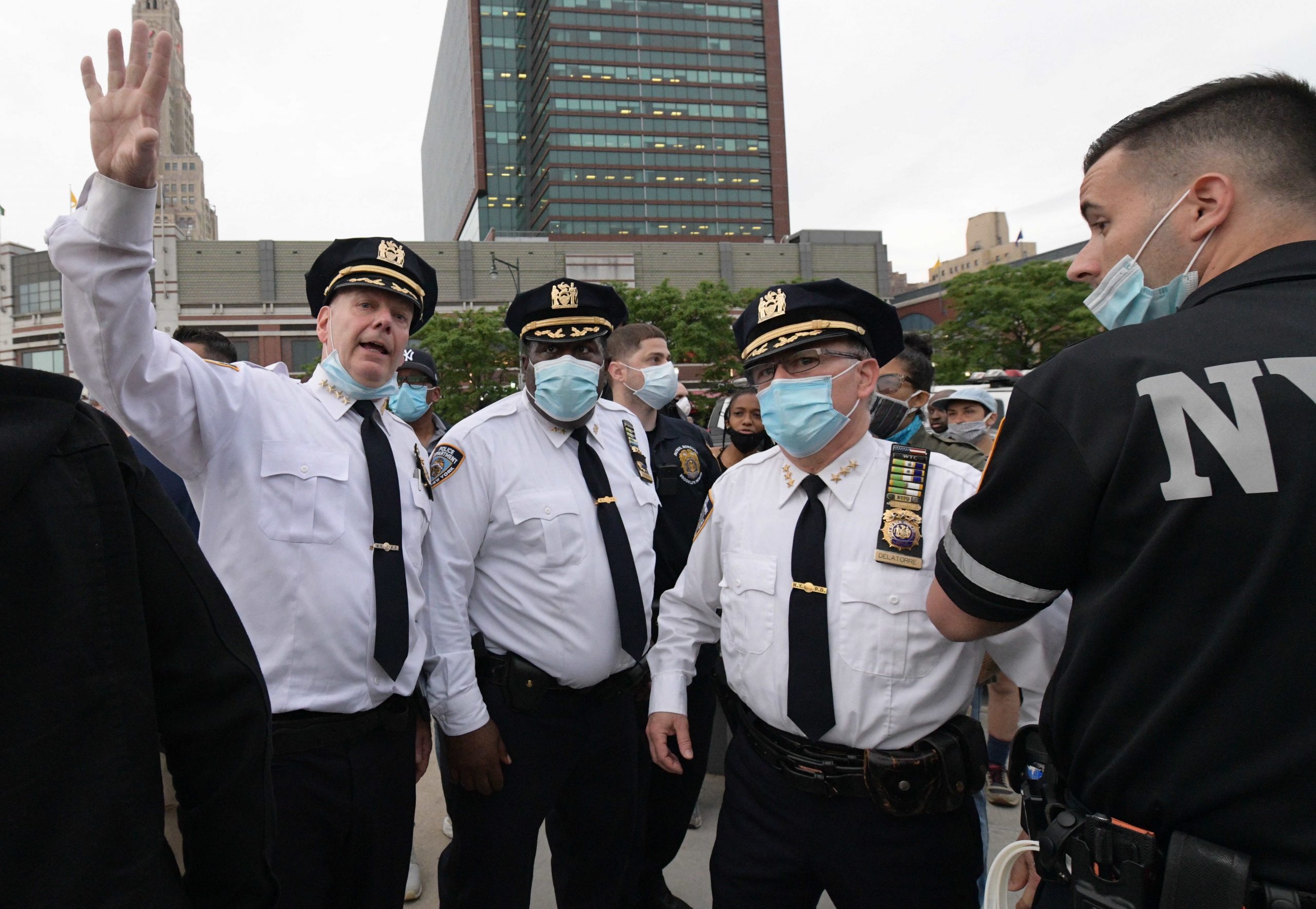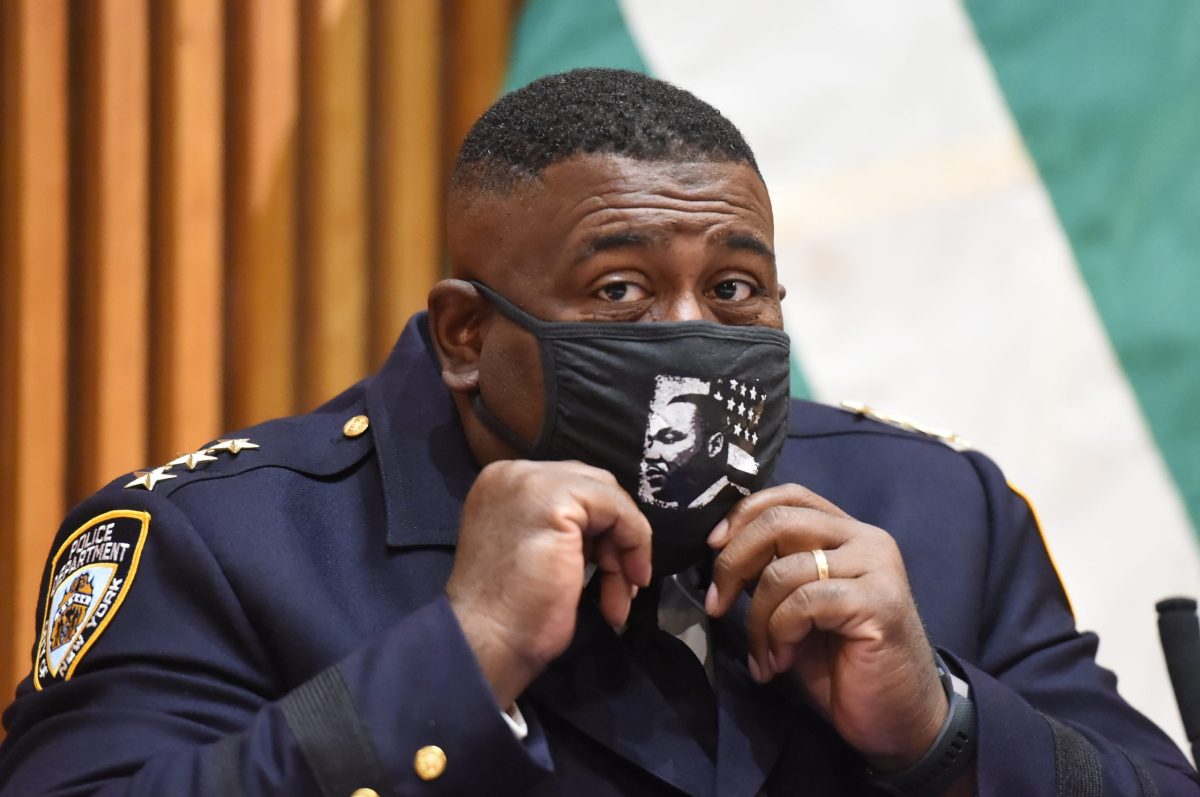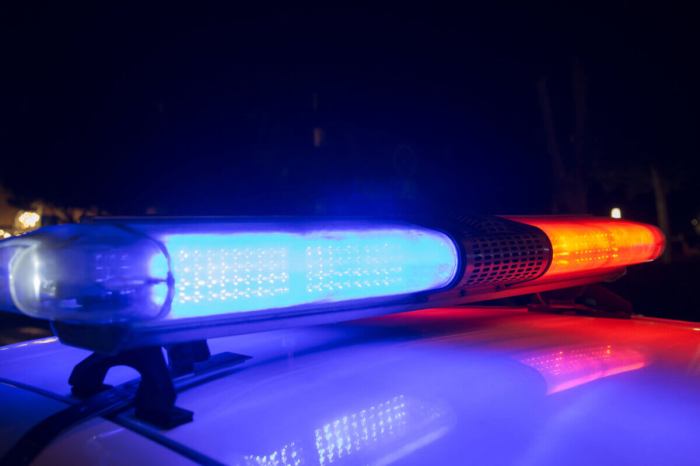After 30 years in the NYPD, Chief of Community Affairs Jeffrey Maddrey has learned a thing or two about making friends. He worked tirelessly as the Brooklyn North commander, leading his officers in annual toy giveaways during the holidays, fundraisers, and outreach to community groups.
But currently, six of the ten precincts Maddrey commanded now have some with the highest rates of shootings and homicides in the city. His route to reducing violence is communications, making friends in these embattled communities and to listen to their concerns and what they want policing to look like.
His first days in his new job have been spent listening to community concerns, visiting precincts, houses of worship and holding meetings both in person and virtually during the COVID-19 crisis. He knows that community groups are key to getting violence under control and improving relations with police and the neighborhoods they protect.
Admittedly, this is a most challenging time in police-community relations as relentless protests have led to dramatic cuts to the NYPD budget and animosity towards cops in the field, which has also led to violence against officers and resulting in a lower morale among his officers.
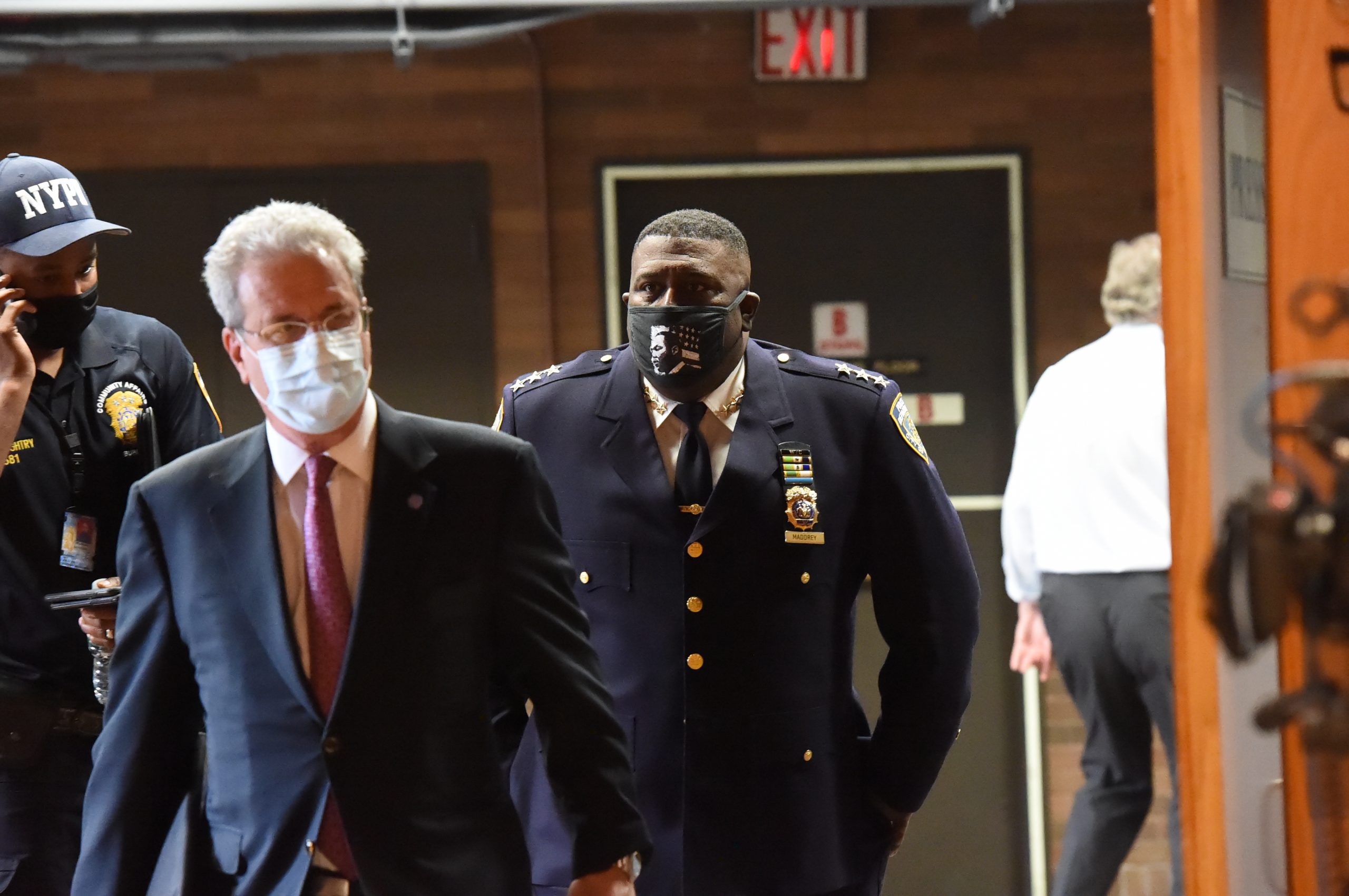
But Maddrey is undeterred and prepared to take conversations to the streets where the violence is highest – a challenge presented in black and brown communities where most of the violence has taken place among street gangs, disputes ending in shootings – even more distressing as all the fatalities of June and July have been people of color.
“We want to know how to better connect with the community and improve the police-community relationships and put us in a better place,” Maddrey said. “We’ve had violence that we haven’t seen in many years and the police strategy is to reduce crime. In the past few days, we’ve been trying to reimagine policing, by listening to the community, set up meetings with community leaders and find out what they value, their cultures, and give the community the police service they desire. We know many people are supportive, but they want to see the best of us.”
There have been many theories on why violence has increased, shootings up more than 50 percent over the year before. The mayor blames COVID-19 for loss of jobs, school, increased anger among young people, while the police emphasize releasing criminals under bail reform, freeing Rikers Island prisoners and all agree the shut down of the court system has resulted in many criminals still walking the streets and committing crimes. The relentless protests have not helped either as some criminals have become emboldened to fight and disregard police presence.
Maddrey believes interaction and communications with local leaders and groups will allow them to understand “what the community wants policing to look like in the community.”
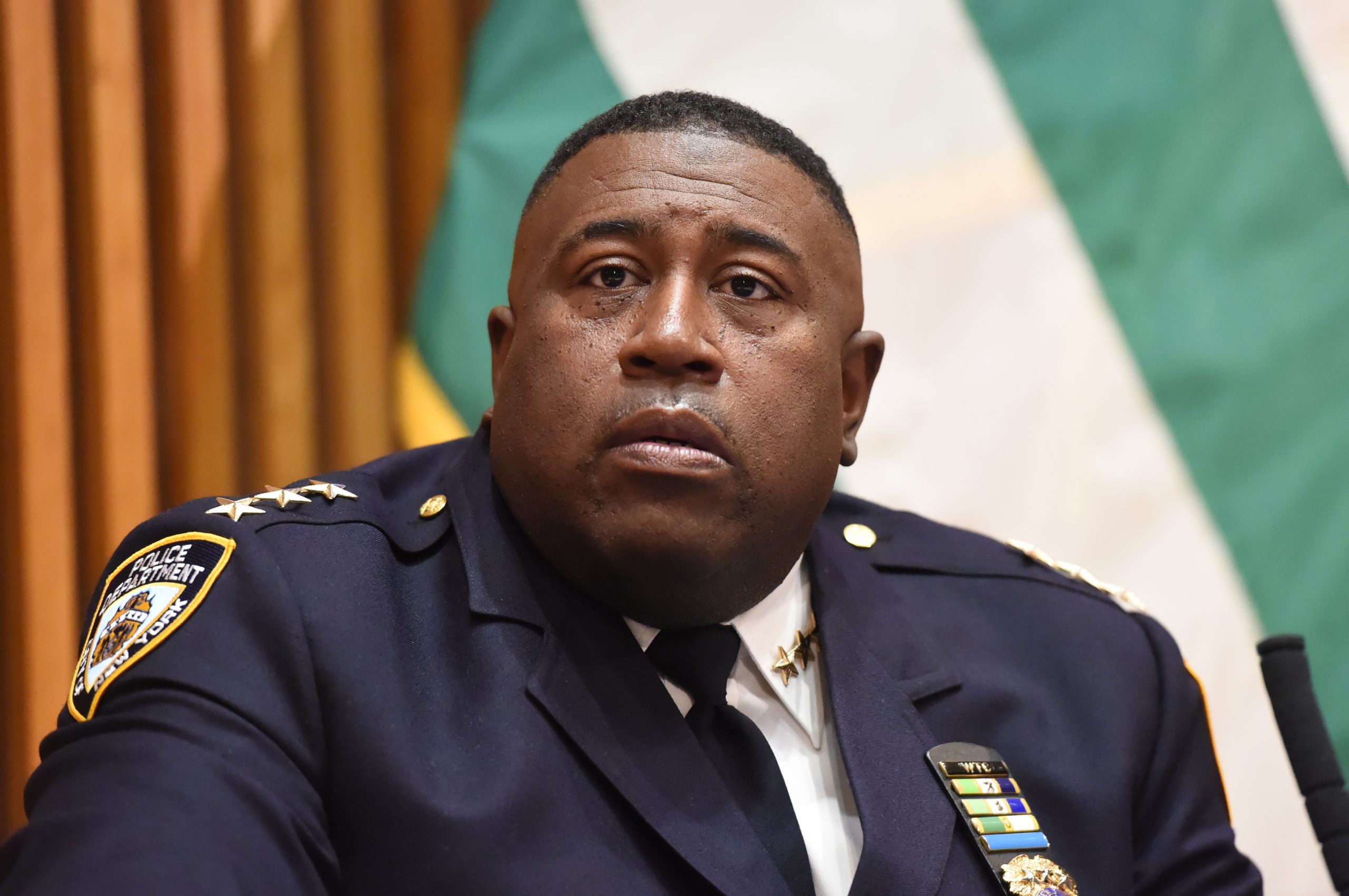
But it won’t be easy. Despite having good relations with many groups, Maddrey has been in the middle of the fracas, the Barclays Center protest melee most notable on May 29, where numerous people were arrested for a variety of issues including rock-throwing, fighting, vandalism and just disorderly conduct.
On Friday night, police kept their distance at a memorial for rapper Pop Smoke in Canarsie on the posthumous release of his new album, just making sure people remain peaceful. That is until one of the mourners, drunk on Hennesey, rammed his SUV into a row of cars – cops made sure he wasn’t beaten to death.
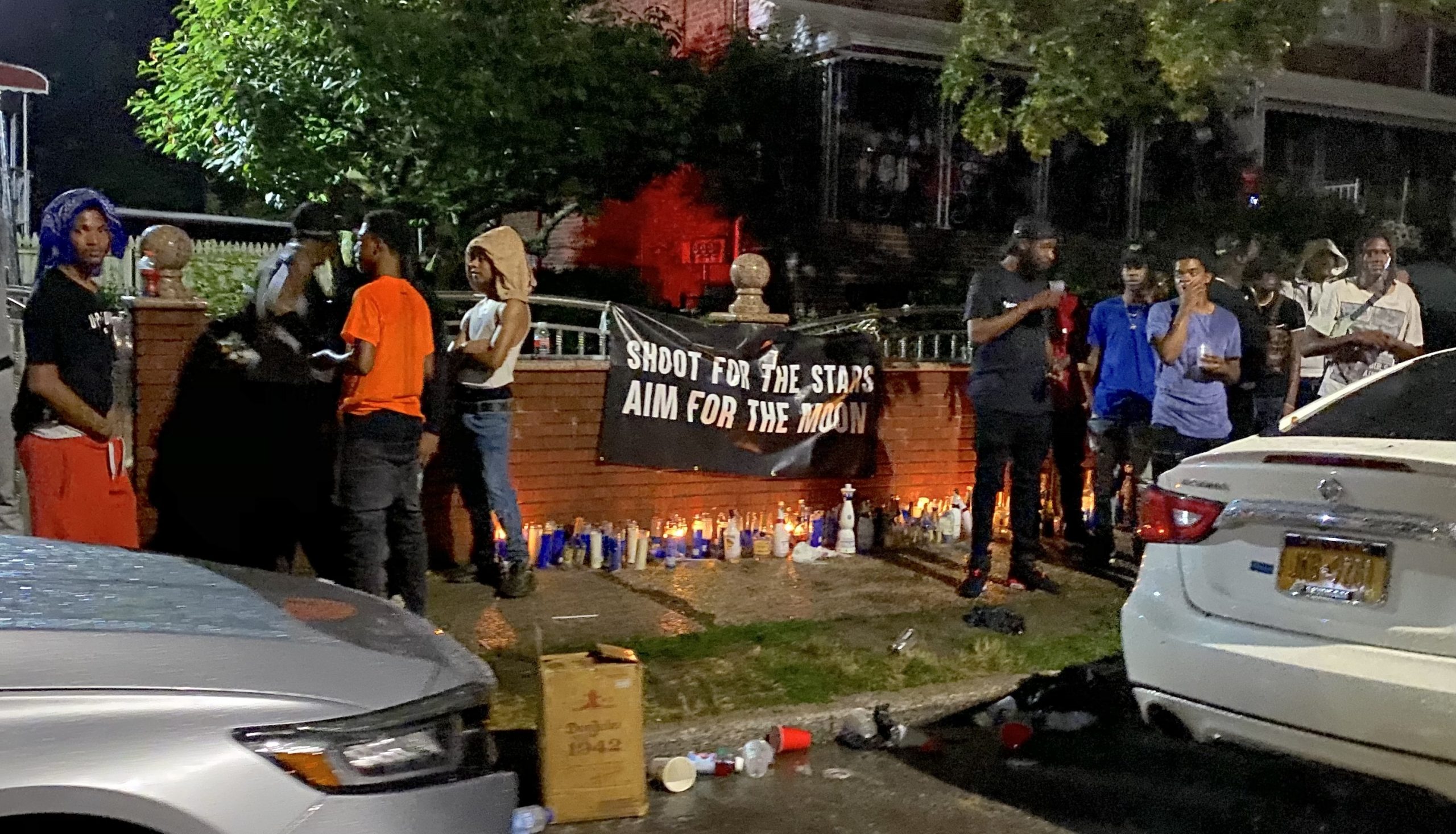
But little was said to the young people gathered at the candlelit memorial, with many cops taking a cautious approach to the large gathering, many wearing blue and black bandanas representing the Crips street gang.
“I was aware of the event on Friday – got notification late – we want to talk to the young people – we understand we have fractured relationship, and that represents challenges for myself and for the whole department,” Maddrey said. “I see myself in the middle we need help with intros. I know cops who are disenfranchised, and we need to let them know a lot of people support us. My role is being a person in the middle to bring them together – that is one of the challenges.”
Maddrey says the department must balance the requests of the community with enforcement, with the knowledge that there is “resistance to the police.”
“We want to respond to requests on behalf of the community – if the community doesn’t want you playing loud music – then the community has to support us and that’s part of the challenge,” Maddrey said. “The community wants us to be respectful, fair, have empathy, compassion. The community must also understand that if there is not compliance, and people are not following the requests on behalf of the community then the community must support us when we need to take action.”
On the issue of defunding police, Maddrey said it is important now more than ever to explain to the community what it means in crime-ridden areas.
“When the first chatter of defunding police started, we needed to take a deeper look at what they were saying – some people think abolish police, some think to give money to other programs,” Maddrey said. “If we are going to take away from police, and put in programs where people are suffering gun violence or giving people job to move away from street life, we also must be careful what ask for. We need police and when you take away money from police it becomes a new problem.”
He said there are people who want more police, but areas that want less. “Personally, we do need police, and while it sounds great to defund us, there is no plan to deal with issues without police so we must work together on our relationships t defeat the common threat of gun violence,” he said.
When Maddrey was a student at Andrew Jackson High School in Queens in the 80’s, he recalls a white police officer giving him paperwork to become a cop. He really wanted to be a lawyer, but then he went to college, got hired as a traffic agent and then became a police officer and hasn’t looked back and urged other men and women of color to consider the career.
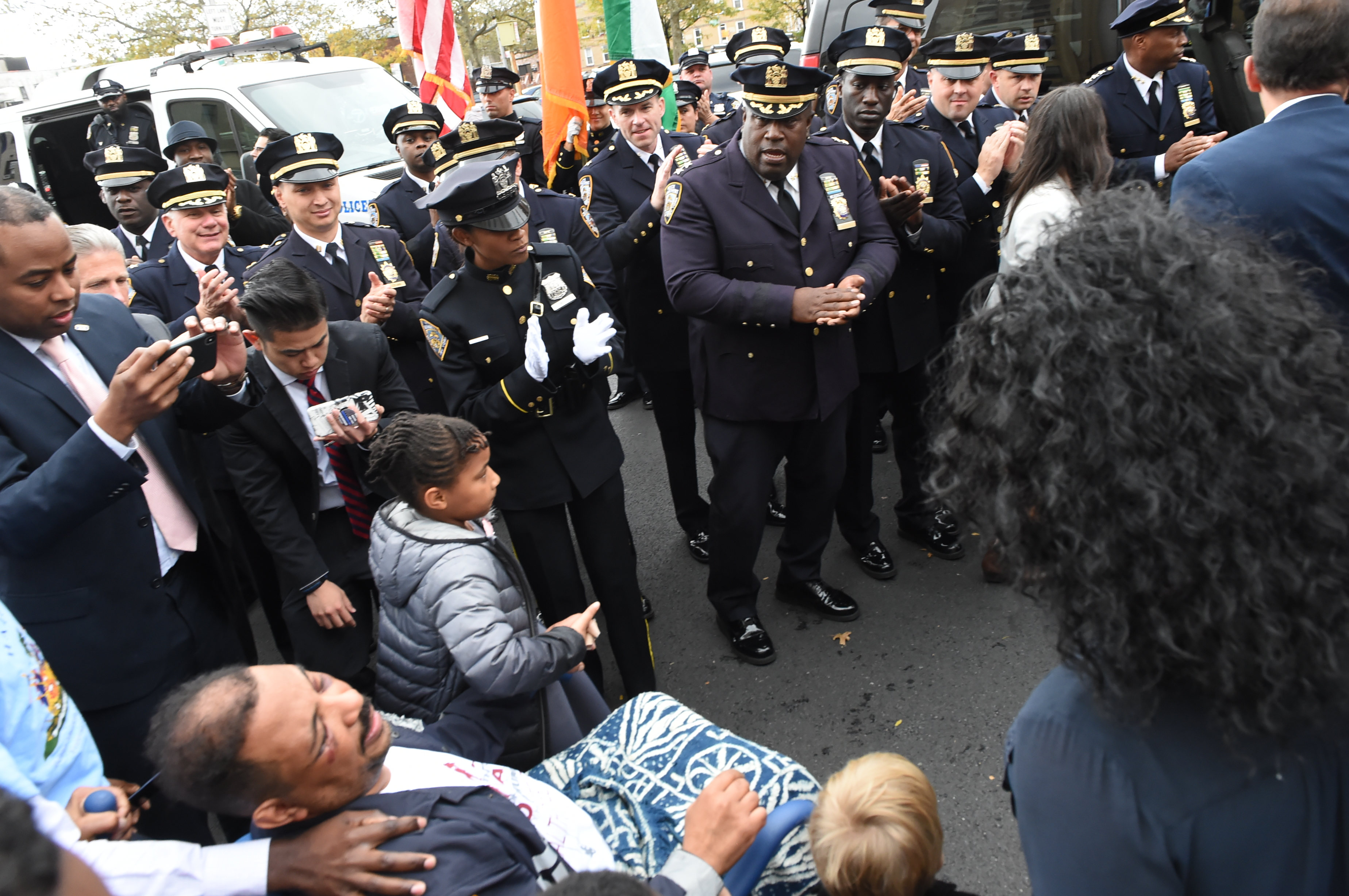
“I’m glad I made that decision and we have been recruiting more young black men – there are a lot of qualified young black men and women, and we want to show why this is a good profession with a good living and you have impact.”
Some situations are more delicate, including the situation at Occupy City Hall, where more than 100 people are still camping out on Centre Street for three weeks.
“We will try to have a conversation about this, but ultimately the police commissioner will say when we move in and tackle a situation,” Maddrey said. “In my new role, right now, I know these are difficult times, and we have an amazing leader who will give us direction.”
